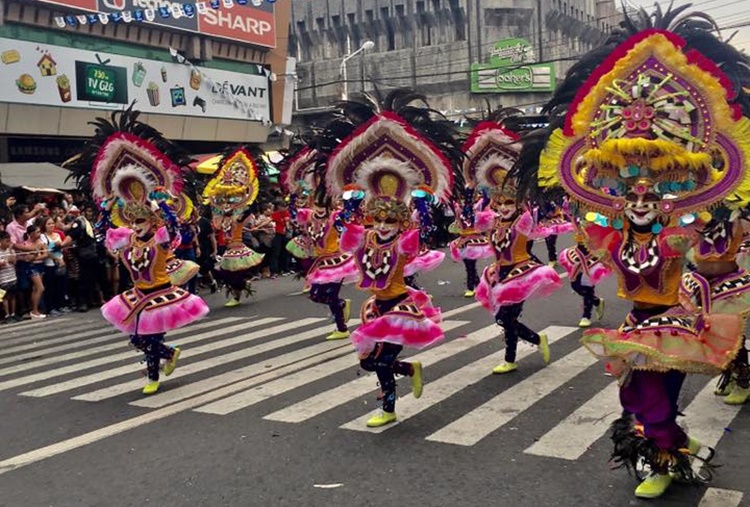postphx.com – Street festivals and parades are vibrant expressions of culture, community, and creativity. They are celebrations that bring people together, transcending borders and uniting diverse populations through the universal language of dance and music. These events are not just mere gatherings; they are powerful platforms for showcasing heritage, fostering social cohesion, and promoting tourism. Among the myriad of activities that take place, dance often takes center stage, pulsating through the streets and captivating audiences with its rhythm and energy.
The Global Tapestry of Street Festivals
From the samba-filled streets of Rio de Janeiro during Carnival to the colorful Bollywood-style dances at London’s Notting Hill Carnival, street festivals around the world offer a kaleidoscope of cultural experiences. Each festival has its unique flavor, reflecting the history, traditions, and artistic expressions of its community.
In New Orleans, the Mardi Gras parade is a raucous celebration where jazz music and dance merge in a spectacular display of costumes and floats. The festival’s roots can be traced back to the 18th century, showcasing a blend of French, African, and American influences.
The Holi Festival of Colors in India is another vibrant event where dance plays a pivotal role. Participants throw colored powders and water at each other, accompanied by traditional folk songs and dances that celebrate the arrival of spring.
Dance as a Unifying Force
Dance, at the heart of these festivals, serves as a unifying force. It breaks down barriers, encourages participation, and fosters a sense of belonging. Whether it’s the intricate steps of a traditional folk dance or the freestyle movements of a street dance crew, the act of dancing together bridges gaps between people of different ages, backgrounds, and nationalities.
Moreover, dance in street festivals and parades often carries a message. It can be a form of protest, a means of storytelling, or a way to preserve cultural heritage. For example, the Pink Dot SG event in Singapore uses dance and music to advocate for diversity and inclusivity, while the Auckland Diwali Festival in New Zealand showcases the rich traditions of Indian culture through dance and performance.
Economic and Social Impact
Beyond their cultural significance, street festivals and parades have a substantial economic and social impact. They boost local economies by attracting tourists, creating job opportunities, and promoting local businesses. The Rio Carnival alone is estimated to generate millions of dollars in revenue each year.
On the social front, these events contribute to community building and social cohesion. They provide a space for people to come together, share experiences, and celebrate their differences. This sense of unity and belonging is invaluable, especially in today’s increasingly divided world.
Conclusion
International street festivals and parades are more than just celebrations; they are powerful expressions of identity, culture, and community. Through the universal language of dance, they bring people together, fostering understanding, unity, and joy. As we continue to navigate the complexities of our global society, these vibrant events remind us of the importance of coming together, sharing our stories, and dancing to the beat of our collective heart.
